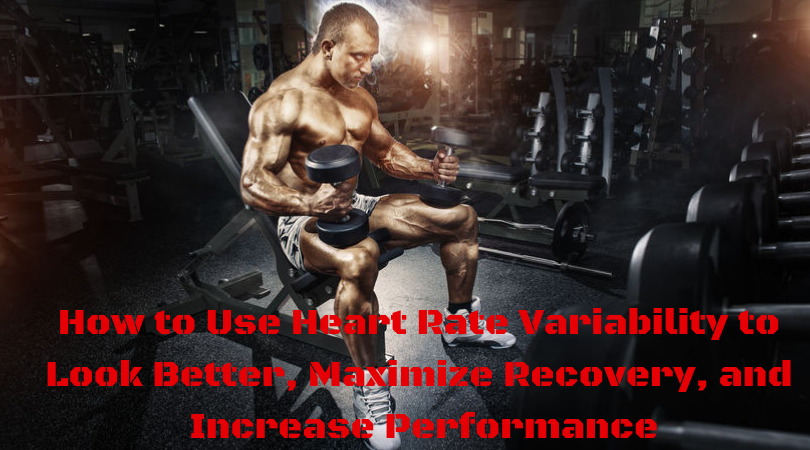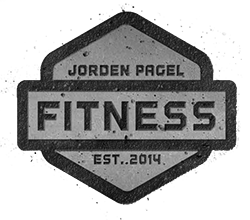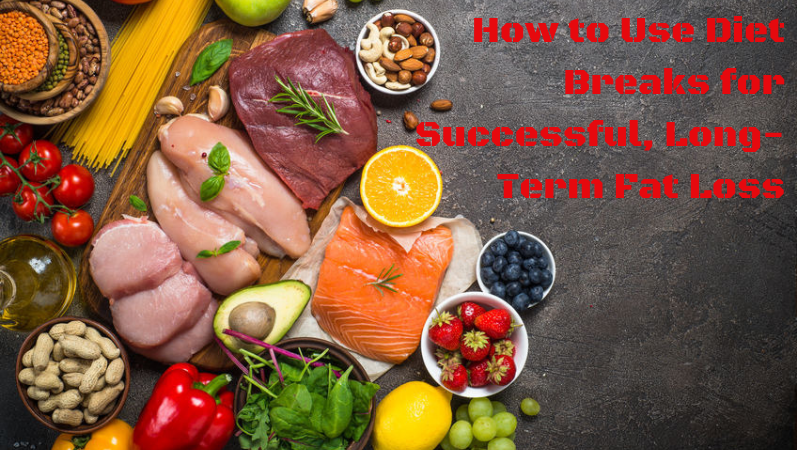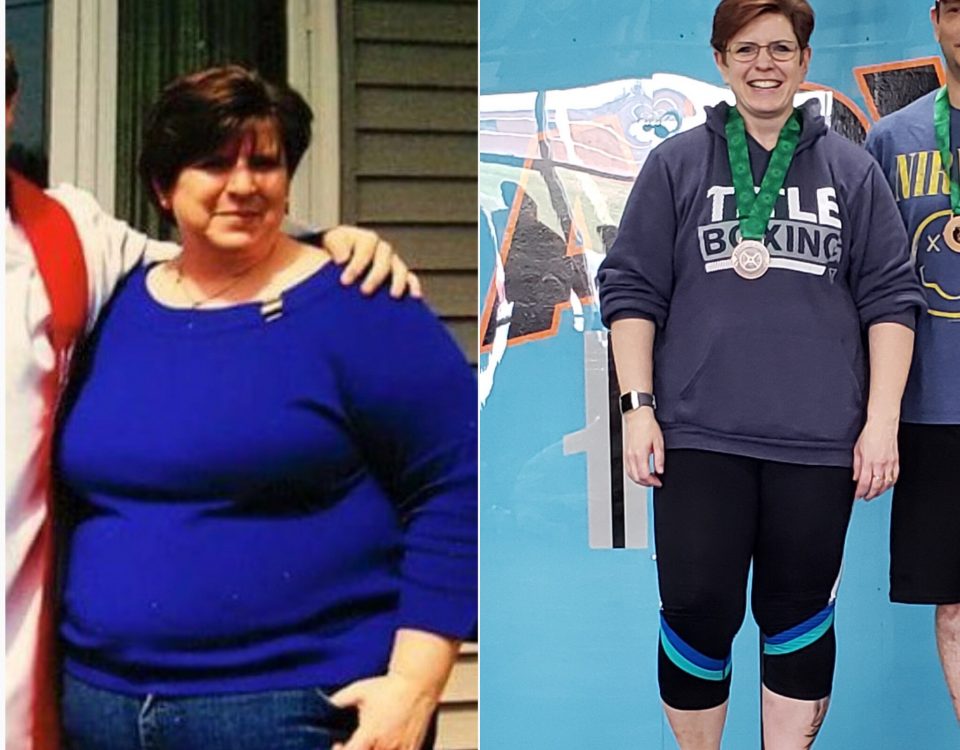Heart Rate Variability: What You Need to Know

In the world of performance, muscle building, and health, the longer you’re in “the game,” so to speak, the more nuanced you need to become with your approach…in my personal experience, anyway.
The foundations alone don’t produce the same results they did when you started. You become more advanced. Your body adapts. And even though the basics still need to be at the foundation of your program, the more you also need to start integrating other things as well, to help you keep getting better and better results.
That’s why for the last year and a half now, I’ve started focusing more and more on the minority when it comes to the “Shit That Matters” pyramid.
On the bottom you have calories/macros/and strength and resistance training. Those things will always be most important, and should always be the focus of everyone’s program. But as I’ve gained more experience, I’ve started focusing more on the things further up the pyramid as well. Things like prioritizing sleep (7+ hours every night), training styles – like tension-stress training – overall intensity, and nutrient timing. All these factors, that when added to a foundation of well-executed basics, can be physique difference-makers.
And another such approach that I’ve started using the last latter half of this year, that has helped me even further improve my physique, my training performance, and opened my eyes to a lot of things about my body, is tracking my heart rate variability.

What is Heart Rate Variability?
Heart Rate Variability, or HRV, is basically the amount of time between heartbeats. Our hearts don’t beat in a constant rhythm. Rather, there are subtle variations in the amount of time between each heartbeat that are directly linked to our autonomic nervous system.
There are two important parts to our autonomic nervous system: the parasympathetic branch and they sympathetic branch. Parasympathetic is a rested/recovered state, while sympathetic is a stressed/activated state – more commonly referred to as fight or flight. The more sympathetic we are, the more activated our autonomic nervous system, the higher our heart rate, and the lower our HRV.
While the science to HRV runs deep, the short of it is this: HRV can help us directly measures our body’s state of recovery and readiness to train.
One of the biggest contributing factors to performance and building muscle is our ability to recover from training sessions. And if we’re forcing ourselves to train when not in a recovered state, that’s going to affect our performance, ability to build muscle, and subsequently, recovery.
This also goes to the often-asked question of “What’s the best training split?” The answer: the one you can effectively recover from.
Being in a sympathetic or elevated stress-state means cortisol levels are going to be elevated as well. And while training increases cortisol production as a response, training with already elevated cortisol levels is going to impair the muscle-building process, while promoting more muscle tissue breakdown. A low HRV also indicates higher inflammation levels which means your body isn’t fully recovered.
And while the science is still new, low HRV levels are also associated with low testosterone levels, other hormones, and health markers.
On the other side, being in a parasympathetic state means your body is rested, recovered, and ready to train. If you’re constantly parasympathetic, despite training regularly, that means that your body recovers well from your current instensity/volume and you can likely push yourself even harder.
What affects HRV?
Obviously, training intensity and your ability to recover from that is a big influencer of your HRV. Another big influencer  is sleep – since this is the primary time during which our bodies recover. For me, I’ve found that lower than average sleep, and alcohol consumption are the two biggest influencers of my HRV.
is sleep – since this is the primary time during which our bodies recover. For me, I’ve found that lower than average sleep, and alcohol consumption are the two biggest influencers of my HRV.
Diet can also affect it; as eating anything that over-stresses our digestive system can elevate sympathetic activity.
Illness, or getting sick, can also tank your HRV; as in the days leading up the body will increase inflammation as a response to try and fight it off.
How to use it?
There are many devices out there that can measure HRV. I use the Polar H10 Heart Rate Monitor which connects to the Elite HRV app for my iPhone. I strap it on every morning, open the app, and after two minutes, it gives me my HRV reading.
For the last few months, I’ve been basing my ability to train around my daily HRV reading. If my HRV is low, regardless of how I feel physically, I take a rest/recovery day, do some walking, and maybe some active stretching/recovery work.
If my HRV is normal, and I don’t feel like a beat up bag of dog crap, I train – regardless of whether I’ve already trained 2, 3, or even 4 days in a row (I’ve been capping it at 5 days in a row). So instead of training by a strict schedule, I allow my body to tell me when I should train.
 Theoretically, following this approach is going to lead to better results because you are training when your body is ready – not only ready to train but in a state that the results of that training are going to be maximized – and resting when your body isn’t ready to train or maximize those results. And in the short duration of this experiment, I would say my results back that up. I feel more recovered, sleep better, have been able to train harder, more often, and seem to have added a bit of muscle, even though that hasn’t been my primary focus; simply due to the increased frequency of training.
Theoretically, following this approach is going to lead to better results because you are training when your body is ready – not only ready to train but in a state that the results of that training are going to be maximized – and resting when your body isn’t ready to train or maximize those results. And in the short duration of this experiment, I would say my results back that up. I feel more recovered, sleep better, have been able to train harder, more often, and seem to have added a bit of muscle, even though that hasn’t been my primary focus; simply due to the increased frequency of training.
Even more so than that, it’s given me a much deeper insight and understanding of my body, how different things affect me (that previously I had no way of measuring), and has allowed me to step on the gas when my body is ready to give it, while tapping the breaks when I need to.
I don’t claim to be an expert by any means. These are just all my anecdotal, personal observations. And there is still a ton we don’t know about heart rate variability, and how it relates to training. However, it has opened my eyes to a lot of things outside of training, and specifically how certain factors affect my body. When you have a reference point, or control, like HRV can provide, you start to notice the effects the different variables – like diet, sleep, stress, etc – have on your body; more so than you may have before.
If you’re looking for a way to gain a deeper level of knowledge about your body and how that can help you improve your results even further, HRV is a fantastic tool to do that.
Tracking your HRV doesn’t matter a whole lot if you don’t have a good training plan to go with it. Luckily, I got your back. Grab this free 4-week program, to help you build a leaner, stronger, more chiseled physique.



